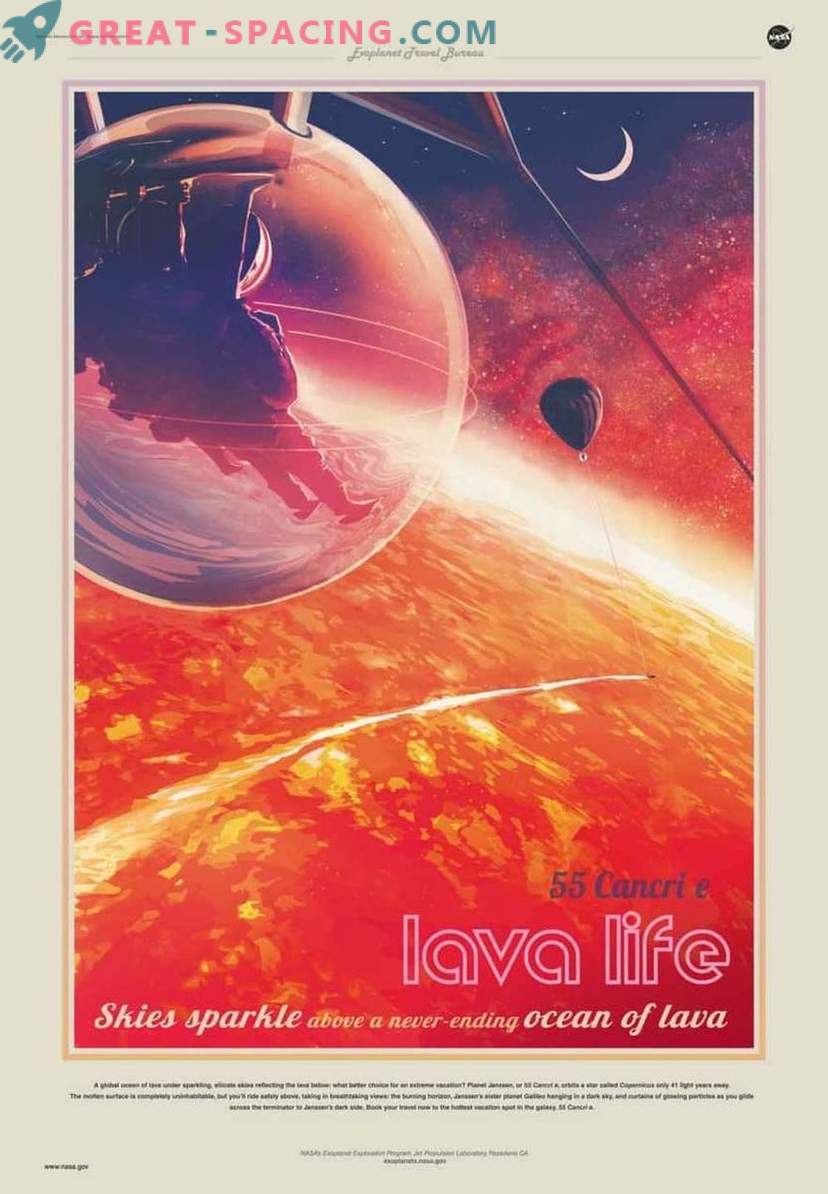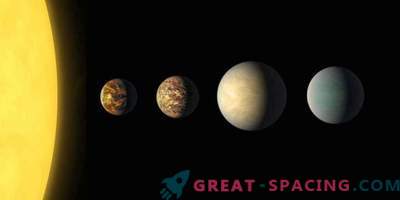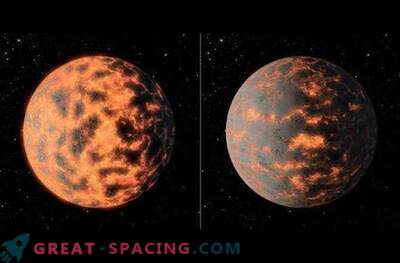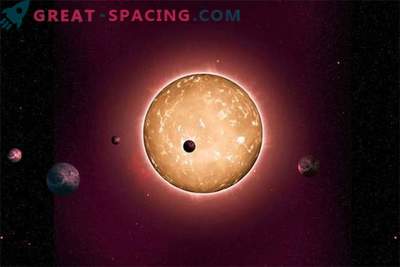
New multimedia developments allow us to explore many planets outside the solar system. This is a NASA ExEP (Exoplanet Exploration Program) program. You have the opportunity to enjoy the 360-degree visualization of the surface of the world of 55 Cancer e and admire the development of alien planets.
Life in lava
A new batch of posters in vintage style shows what a visit to famous planets outside the solar system will look like. In the specific case, we see 55 Cancer e - an exoplanet capable of having a large-scale lava ocean. You can see how future tourists slide to it in a protective bubble.

The poster shows a travel agency for exoplanets. Futuristic explorers can be seen gliding in a protective bubble over the glowing landscape of exoplanets 55 Cancer e
55 Cancer e is also considered part of a 360-degree visualization that allows you to perform a virtual walk on the surface of an alien planet. Everything looks as real as possible, since they used real data. On the cool night side, a pair of silicates in the atmospheric layer can condense into bright clouds reflecting lower lava.
All visualizations are available for viewing on desktops, mobile devices and virtual reality headsets. You can explore it yourself at https://exoplanets.nasa.gov/news/1544/tour-55-cancri-e-in-360-degrees-get-the-travel-poster-and-more/.
Life and Death of the Solar System
How did we get here? How are stars born, planets and what will happen to them later? A special interactive feature will allow you to explore the birth, evolution and possible finale of the solar system. You will also learn how the Earth appeared and what will happen to it after the death of the sun.
Exoplanet Wealth
Exploring thousands of familiar and strange worlds, users can travel around the galaxy and actually visit almost any of the 4,000 known exoplanets. And all of them are visualized in 3D. For example, it is worth visiting the TRAPPIST-1 system, represented by seven earth-sized planets, the lava world 55 of Cancer e and WASP-12b (shaped like an egg) with two stars.
In addition, you can compare the size of alien stars with the Earth or Jupiter, determine the amount of time spent on the flight (different type of transport), as well as contact with virtual models of space telescopes, such as Hubble, Spitzer, Kepler and TESS.
The Exoplanets 2.0 program (Exoplanets 2.0) is based on data from the NASA archive, which is used by professional scientists.











































